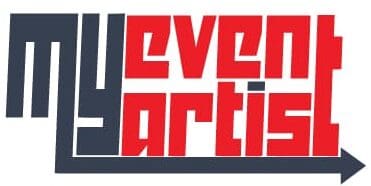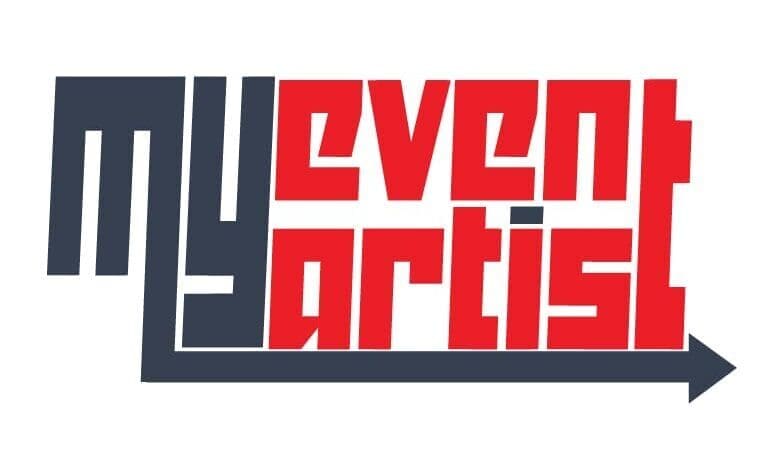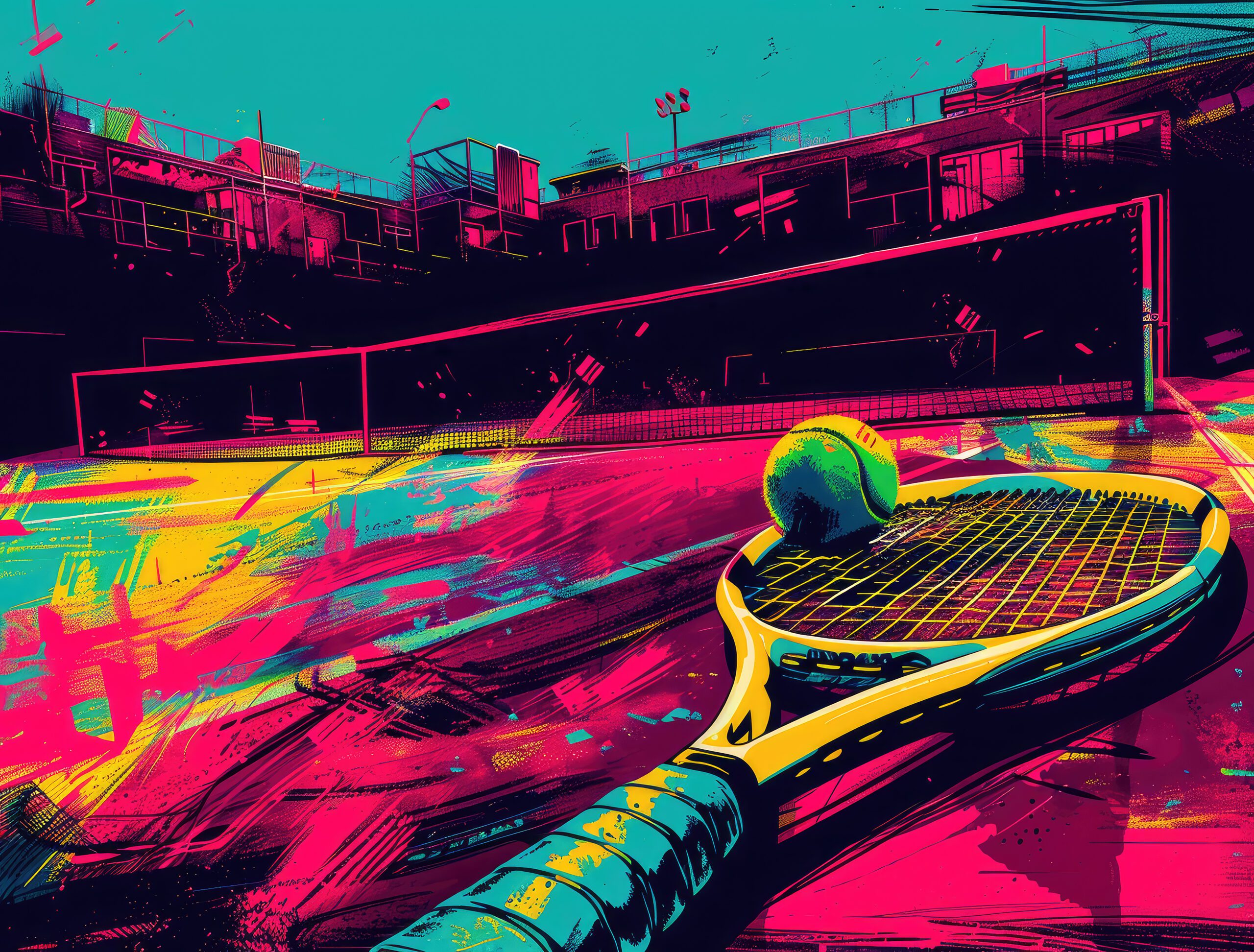Color Psychology Case Studies: Event Logo Wins and Lessons LearnedReal-world examples of how color helped—or hurt—event branding.
Introduction: Why Color Matters in Event Logos
Color isn’t just a design choice—it’s a powerful language that communicates mood, values, and energy. In sports event branding, the right color choices can stir excitement, inspire loyalty, and create instant recognition. Conversely, poor color decisions can spark confusion or even alienate your audience. Let’s explore real-world cases where color psychology made (or broke) event logos, and what every event planner and designer can learn.
1.
Case Study: The Boston Marathon – Trustworthy Blues and Accents of Gold
The Approach
The Boston Marathon’s logo uses a deep blue combined with vibrant yellow gold. Blue conveys trust, tradition, and dependability, core attributes for one of the world’s oldest and most respected running events. Gold, associated with victory and achievement, is subtly incorporated for medals, banners, and promotional material.
The Outcome
This color strategy reinforces both heritage and competitive spirit. The combination resonates with runners and spectators, symbolizing both prestige and openness, contributing to strong brand recognition worldwide.
Lesson Learned
Classic, psychologically “safe” colors (blue, gold) enhance credibility and create positive associations—especially for legacy events.
2.
Case Study: London 2012 Olympics – Energetic, Yet Controversial Colors
The Approach
The London 2012 logo featured a bright palette with irregular, neon shades of pink, yellow, green, and orange. The goal? Signal youth, vibrancy, and modernity—a step away from traditional, more subdued Olympic palettes.
The Outcome
While the vivid colors captured attention and stood out, many criticized the logo for being visually jarring and difficult to look at for extended periods. Some felt the wild palette lacked cohesion, reducing the event’s sense of unity and professionalism.
Lesson Learned
Bold color choices can create a buzz, but risk dilution of brand message or even negative perception if not balanced. Always test palette choices with your key audiences.
3.
Case Study: UEFA Champions League – Monochromatic Impact
The Approach
The Champions League logo utilizes monochrome black and white, steering away from team colors to ensure neutrality and prestige. The absence of color lets every participating team have equal representation, while still possessing a high-end, exclusive feel.
The Outcome
The black-and-white scheme is synonymous with “the best of the best,” and the psychological neutrality has helped foster a sense of inclusion for global audiences. Event branding is easily adapted to all participating teams and sponsors.
Lesson Learned
Sometimes, less is more. A monochromatic palette can unify diverse audiences and elevate the brand’s perceived status.
4.
Case Study: Color Misfire – A Regional Youth Tournament
The Approach
A youth tournament in the Midwest launched with a logo in muted shades of gray and brown, aiming for a “natural” and “earthy” vibe.
The Outcome
The colors failed to energize either athletes or families. Merchandise sales lagged, and surveys revealed the logo felt “dull” and “low energy.” Rebranding with a more dynamic scheme (bright blue and green) immediately boosted excitement and participant pride.
Lesson Learned
Color psychology impacts motivation and mood—youthful events thrive on lively, energetic palettes that excite and attract participants.
5.
Case Study: Rio 2016 Olympics – Vibrant, Locally Inspired Success
The Approach
The Rio 2016 logo used a vibrant mix of green, yellow, and blue, reflecting the Brazilian flag and local landscapes (forests, sun, sea). These shades evoke feelings of joy, warmth, and celebration.
The Outcome
The color choices were universally praised for local relevance and energy. The lively palette invited global audiences to connect emotionally with Brazil’s culture, helping all branding, apparel, and signage feel cohesive and festive.
Lesson Learned
Connecting color choices to location, culture, and event spirit can heighten emotional engagement and global appeal.
Color Psychology Takeaways for Future Logo Design
- Blues: Signal trust, professionalism, and calm; ideal for legacy or serious events.
- Yellows/Golds: Represent energy, positivity, and achievement; great for medals and celebratory themes.
- Greens: Suggest growth and vitality; perfect for outdoor or eco-friendly events.
- Reds: Ignite passion and urgency, but require careful use to avoid aggression.
- Neutrals: Useful for prestige and versatility, but can seem stale or uninspiring unless balanced.
- Multi-Color Palettes: Offer vibrancy and modernity, but demand thoughtful balance to avoid chaos.
Final Thoughts: Designing with Color Confidence
Successful event logos consider not just style, but the subconscious messages colors send to athletes, fans, and partners. Testing palettes, tying choices to values and location, and aligning with event energy can turn an ordinary logo into an icon—and prevent costly missteps.
Planning your next sports event?
Start by thinking not just what looks good, but what feels right—because every color tells a story.
Keywords: color psychology, event branding, sports logo case studies, successful logo colors, color mistakes in branding
#LogoColor #SportsBranding #ColorPsychology #EventMarketing



Leave a Reply